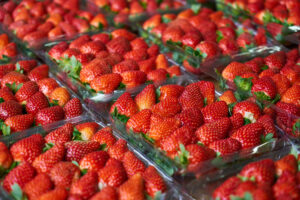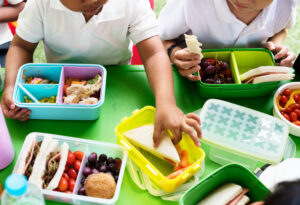10 Good Storage Practices for placing food products in the fridge
- Set the temperature of your refrigerator to 2-4 ° Most new technology refrigerators have a thermometer that displays the temperature. Since there is no thermometer, it is advisable to place a thermometer to control the temperature. Make sure the temperature of the refrigerator is set in lower temperatures in summer months.
- Refrigerated foods such as fresh meat and fish, as they need low temperatures (0-2 ° C) to be maintained they should be placed in the coldest part of the refrigerator on the lower shelf of the fridge. At that point a cross contamination will be prevented.
- Dairy products, sausages, eggs and ready-to-eat meals should be kept in the middle to the highest shelves where the temperature varies from 4-7°C. We often see the milk in the refrigerator door, which is wrong as the temperature at this point reaches 10 ° C.
- At the refrigerator door, it is advisable to place products that require lower cooling, such as beverages, soft drinks, chocolates, etc.
- The fruits and vegetables must be placed in the refrigerator drawers where the temperature is at 10 ° C, as they are particularly sensitive products in the cold. Prefer not to wash the vegetables before putting them in the refrigerator.
- In addition, if you open the products from their original packaging, place them in food-grade containers and close or cover the container. Always put a label with their expiring date.
- Try to keep the First In-First Out (FIFO) rule, where the products with the closest expiration date must be consumed first.
- It is also very important not to overfill the refrigerator as cold air cannot be evenly distributed and therefore does not reach certain foods.
- Do not leave the refrigerator door open for a long time!
- Finally, keep your refrigerator clean so as not to create ice, but also to prevent contamination.
Source: European Food Information Council, EFET.







